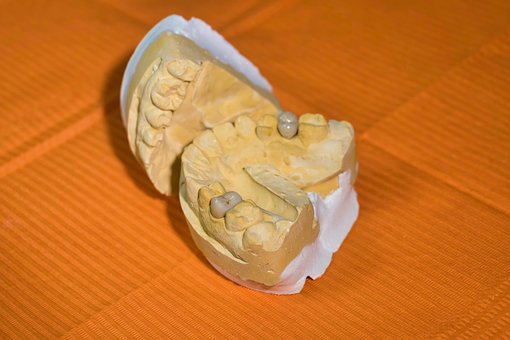Is It Safe to Fill a Decayed Tooth?
Our mouth is filled with bacteria that produce acids that slowly erode the teeth in a process called tooth decay. This can be prevented through proper oral hygiene. However, when the produced acid eats away the tooth minerals faster than it can be repaired, a cavity develops. Cavity shows no symptoms until the tooth has already decayed and causes infection. Once this happens, you will experience mild to excruciating toothache.
 For most dentists, the best way to prevent a cavity is to brush the teeth twice daily using fluoride toothpaste, along with regular flossing and rinsing. But when a tooth starts to decay severely, there are a few treatments that your dentist can attempt to repair. There are oral health care products widely available in the market today, but many professionals will suggest that you get the cavity filled. Fillings fill in the tooth, preventing bacteria from entering and infecting it.
For most dentists, the best way to prevent a cavity is to brush the teeth twice daily using fluoride toothpaste, along with regular flossing and rinsing. But when a tooth starts to decay severely, there are a few treatments that your dentist can attempt to repair. There are oral health care products widely available in the market today, but many professionals will suggest that you get the cavity filled. Fillings fill in the tooth, preventing bacteria from entering and infecting it.
- The dentist will numb the area of the tooth that requires filling.
- The decayed part of the tooth is removed using special instruments like drills, lasers, and air abrasion.
- With the open cavity, the dentist inspects the tooth to ensure that the whole decayed area is removed.
- The cavity is cleaned to make space for the filling.
- The dentist fills the tooth and is polished it to match the original tooth shape for a comfortable and natural mouth closure.
Cavities should be caught and treated as early as possible. Fillings are easier and cheaper compared to those measures that salvage severely decayed teeth. In cases where the tooth has decayed and the nerve is affected, the dentist will apply a liner to protect the nerve before the filling is injected. Tooth-colored fillings can be used to give their teeth a natural look. In these instances, the filling is applied in layers before the dentist, shapes, trims, and polishes it.
Aside from affecting your smile, tooth decay also causes bad breath. A foul odor in the mouth results from bacteria and trapped food particles in the decayed tooth. The only way to stop this is by practicing oral hygiene and, once decaying develops, start treating the cavity. Remember that the cost of repairing a tooth increases the more the tooth decays so any oral problem should be treated as soon as possible by setting an appointment with the dentist.





 |
|